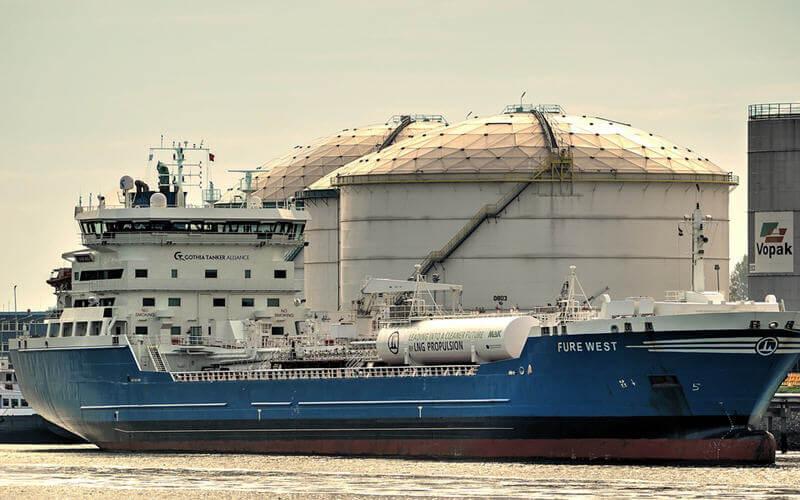
U.S. refineries are struggling to meet booming demand for distillate fuel oil at home and in export markets which will leave the distillate market very tight in 2018.
Even if the northern hemisphere winter is only averagely cold, the distillate market looks set to enter 2018 with lower than average stocks and fast-growing demand, which should keep prices and refining margins firm.
The gross refining margin for turning Brent into U.S. heating oil has climbed to almost $19 per barrel from a recent low of less than $11 in May, despite record U.S. refinery production of distillate.
Refiners therefore have a strong commercial incentive to maximize distillate output, which should ensure crude intake remains high, and spread tightness into the crude market (tmsnrt.rs/2zJ8KEC).
U.S. refiners processed a seasonal record 16.6 million barrels per day (bpd) of crude last week, which was 600,000 bpd higher than at the same point in 2016 and 1.8 million bpd above the 10-year average.
And they produced a seasonal record 5.2 million bpd of distillate fuel oil, which was 300,000 bpd above 2016 and 600,000 bpd above the decade average.
Distillate stocks have shrunk by 38 million barrels since the start of the year compared with a seasonal decline of less than 10 million in 2016 and a ten-year average of just 5 million.
Stocks are now 24 million barrels below the prior-year level, and 9 million barrels below the decade average, at levels that have not been seen since 2012-2014.
The distillate market was heavily oversupplied at the start of 2017 but has become progressively undersupplied in the course of the year.
Domestic consumption has been running well above prior-year levels and the long-term average in most weeks since March.
But it is the phenomenal strength of exports that is causing stocks to continue drawing down even as refineries maximize output.
Exports over the last four weeks were running at a record 1.5 million bpd, an increase of more than 400,000 bpd or almost 40 percent compared with the same period in 2016.
Distillate stocks look severely depleted even before the main winter heating season begins in North America and Western Europe.
The last two winters have been relatively mild in the United States but if this one reverts to the mean stocks could start to feel tight.
While some distillate fuel oil is still used for heating, most is used in the high-powered engines used to move freight and industrial machinery so demand is closely linked to the business cycle and trade.
The global economic expansion and trade upturn are expected to continue boosting demand even further in 2018/19 unless there is a major macroeconomic, financial or trade shock.
Rising prices for a whole range of primary commodities, including oil, will also spur faster economic growth in commodity-dependent developing countries, giving an extra impetus to distillate demand.
Commodity exporters accounted for some of the strongest growth in oil consumption, primarily diesel, before oil prices slumped in 2014, and could drive strong distillate demand growth again in 2018/19.
Source: Reuters